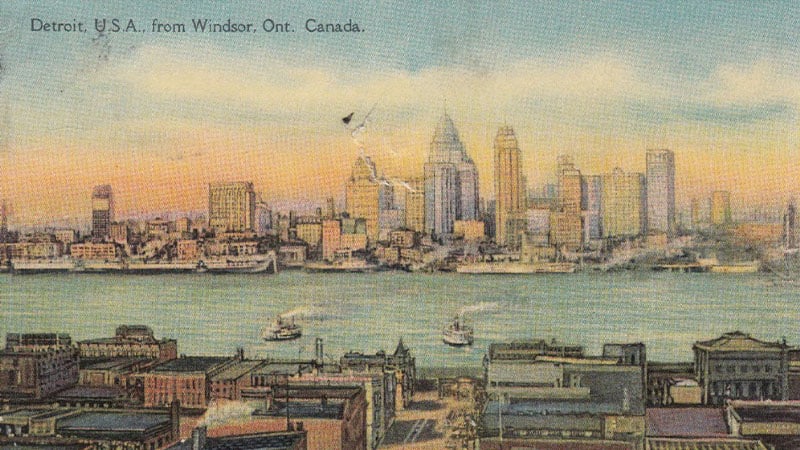
One Social Re-constructivist’s Journey on the Road to Building a More Just and Ecologically Resilient World
“We live in an era in which the educational system in the United States seems increasingly removed from the drift of global events … schools are seen as little more than the institution most responsible for preparing young people to be successful participants in an increasingly competitive global market. Yet the world that schools are supposed to be preparing young people for is (increasingly) precarious.”
~Gregory A. Smith
It has been four months since the urban k-12 public charter school (where I was sure that I would be spending the next 10 years) was suddenly closed permanently, after three years, due to high rent and the financial challenges of maintaining a building constructed in 1923. I mourn the school’s closing not only personally but professionally. I became a public school teacher two decades ago because I wanted to be part of the solution to the educational crisis in my city. This school “was born” for the same reason. The school’s vision and mission supported a place-based curriculum that encouraged creative problem-solving and active civic engagement. It served 400 children in K-12th grade, all of them living below the poverty line and most of them categorized as English Language Learners.
I recently read an older article by Educator and author, Gregory Smith in Can Schools Help Create a Post-Capitalist World? He writes that creating a school with a curriculum grounded in learning and knowledge and issues central to the human and natural communities surrounding the school is a difficult imperative in these times of high stakes standardized testing. While I continuously grieve the loss, I can look retrospectively back on the lessons of building up and watching the tumbling down of a school, as well lessons learned as important tools in my tool box for the journey ahead.
Through interdisciplinary learning (units of study that span and involve students across English language arts, social studies, science, art and Spanish) K – 12 students explored compelling topics, conducted research, did field work, posed questions to local experts and presented their findings in written papers, oral and visual presentations, workshops, dramatic productions, visual expressions, Photo Voice and handmade books. As a result, the students deepened their understandings of the topics (Common Core and State Standards intact) and their personal relationship with it. Smith describes this as, the interconnections that link different disciplines and phenomena, and the role citizens can play in preserving, maintaining, and restoring the integrity and stability, resilience, and self-renewal of … communities. In other words, as these students got smarter, the world became a better place. That is something no one can ever take from them.
Smith uses a phrase from Paul Hawkins’ book Blessed Unrest and writes about this kind of teaching, place-based education as part a global social movement in history restoring grace, justice, and beauty to the world. As an artist, teacher, educational therapist and social re-constructivist, these words resonate deeply in me.
Yep, I am rolling up my sleeves and getting ready for another journey!
Share
If you're new here, you may want to subscribe to my RSS feed. Thanks for visiting!

